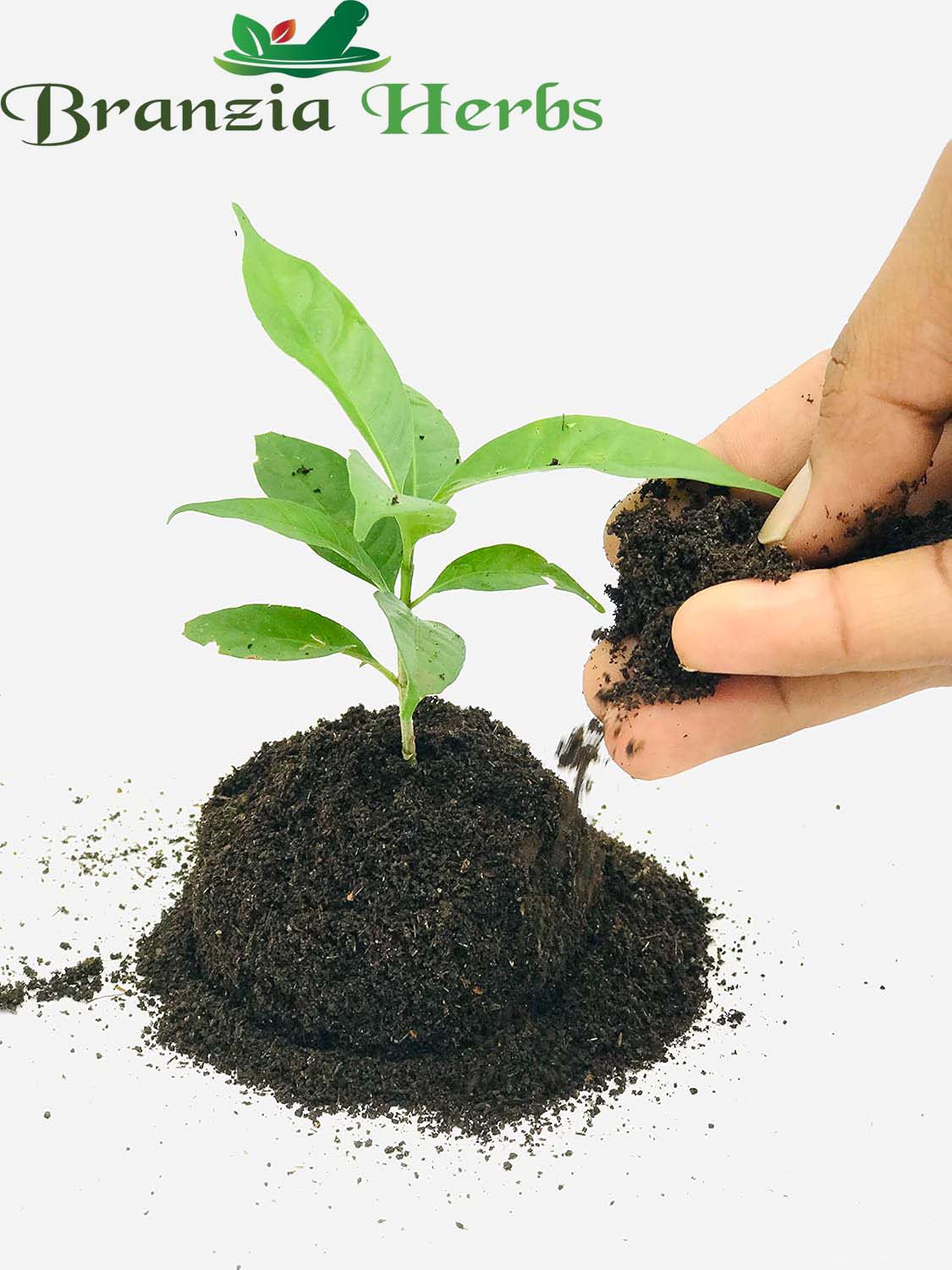Sage (Salvia officinalis) is a highly aromatic herb renowned for its distinctive flavor and medicinal properties. It's a popular choice in culinary dishes and traditional remedies. Here’s a comprehensive guide on Sage Herb Seeds, including their characteristics, benefits, and planting care:
Characteristics
-
Appearance:
-
Seeds: Sage seeds are small, usually about 1-2 mm in diameter, and are typically brown or gray. They are quite fine and can be difficult to handle.
-
Plant: Sage is a perennial herb with woody stems and soft, silvery-green, oval leaves. The plant grows up to 60-90 cm (24-36 inches) tall and produces spikes of blue to purple flowers in late spring to early summer.
-
Plant Size:
-
Height: Grows to about 60-90 cm (24-36 inches) tall.
-
Spread: Can spread up to 60 cm (24 inches) wide.
Benefits
-
Culinary Uses:
-
Flavoring: Sage has a strong, earthy flavor with hints of pine and citrus. It is used in a variety of dishes, including meats (especially pork and poultry), stuffing, sauces, and as a seasoning for vegetables.
-
Herbal Blends: Commonly included in herb blends like Herbes de Provence.
-
Medicinal Uses:
-
Digestive Health: Traditionally used to relieve digestive issues such as bloating, gas, and indigestion.
-
Anti-inflammatory and Antioxidant: Contains compounds with anti-inflammatory and antioxidant properties, which can support overall health and reduce oxidative stress.
-
Cognitive Function: Sage is believed to have potential cognitive benefits, including improving memory and concentration.
-
Cosmetic Uses:
-
Skin Care: Sage essential oil is used in skincare products for its antiseptic and astringent properties, which can help treat acne and other skin conditions.
Planting Sage Seeds
-
Preparation:
-
Seed Treatment: Sage seeds can benefit from a period of cold stratification to improve germination rates. Place seeds in the refrigerator for about 2-3 weeks before planting.
-
Timing:
-
Optimal Season: Plant sage seeds indoors 6-8 weeks before the last frost or directly outdoors after the last frost when soil temperatures are consistently above 15°C (60°F).
-
Soil and Location:
-
Soil Type: Prefers well-drained, loamy or sandy soil with a slightly alkaline to neutral pH. Ensure good drainage to prevent root rot.
-
Location: Choose a sunny location with full sun exposure. Sage thrives in warm climates and can be grown in containers or garden beds.
-
Planting:
-
Sowing Seeds: Sow seeds about 1/4 inch (0.6 cm) deep in the soil. Space seeds or seedlings about 30-45 cm (12-18 inches) apart to allow for growth.
-
Germination: Seeds typically germinate within 10-21 days. Keep the soil consistently moist but not waterlogged during this period.
-
Watering:
-
Initial Care: Water the soil thoroughly after planting and keep it moist until seedlings are established.
-
Ongoing Care: Water regularly, especially during dry periods. Sage prefers slightly dry conditions once established and does not tolerate waterlogged soil.
-
Fertilizing:
-
Nutrients: Sage benefits from a balanced fertilizer or compost. Fertilize every 4-6 weeks during the growing season to support healthy growth. Avoid excessive nitrogen, which can lead to excessive foliage growth at the expense of flavor.
Care and Maintenance
-
Pruning:
-
Trimming: Regularly trim or pinch back the tips of the plant to encourage bushier growth and prevent it from becoming leggy. Remove any dead or damaged leaves.
-
Pest and Disease Management:
-
Monitoring: Sage is generally resistant to pests but can be affected by common garden pests like aphids, spider mites, and fungal diseases such as powdery mildew.
-
Control: Use organic pest control methods and ensure good garden hygiene to prevent disease.
-
Harvesting:
-
Timing: Harvest leaves once the plant is well-established and has plenty of foliage. The best time to harvest is just before the plant flowers when the leaves are at their peak flavor.
-
Method: Use scissors or pruning shears to cut stems. You can also harvest and dry leaves for later use in cooking and medicinal preparations.
-
Protection:
-
Winter Care: In colder climates, mulch around the base of the plant to protect it during winter. Sage is a hardy perennial that will return in spring.
Environmental Considerations
-
Climate Adaptation: Sage is well-suited to temperate climates and can tolerate a range of conditions. It thrives in warm, sunny environments and can be grown in various climates.
-
Sustainability: Ensure planting practices are sustainable and adhere to local regulations regarding agriculture and conservation.
Summary
Sage Herb Seeds offer a versatile and flavorful addition to your garden or kitchen. By following proper planting and care guidelines, you can successfully grow sage and enjoy its distinctive taste and numerous benefits. Sage thrives in sunny, well-drained conditions and requires minimal care once established. Its culinary, medicinal, and cosmetic properties make it a valuable herb for a variety of uses.







